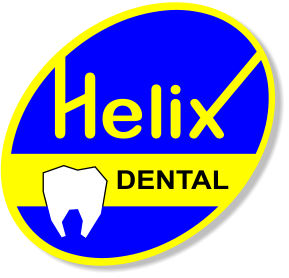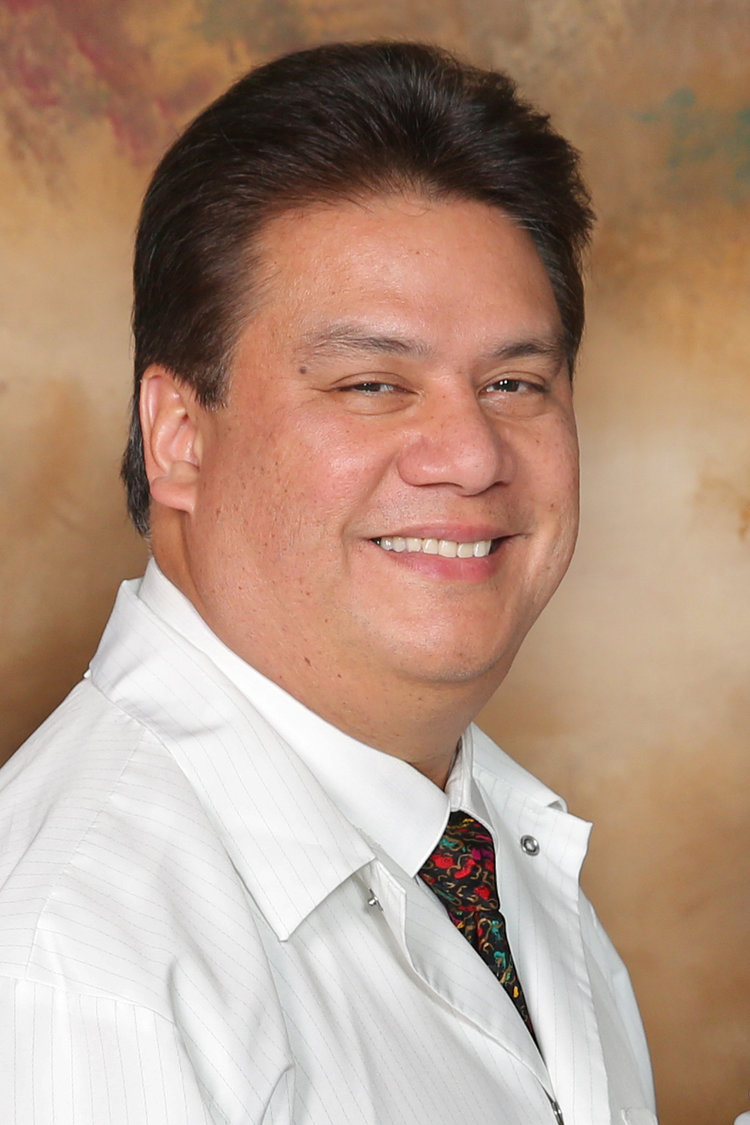Invisalign
What is Invisalign?
Invisalign is a series of invisible, removable, and comfortable aligners that no one can tell you’re wearing. So you can smile more during treatment as well as after. Invisalign is made with 3D computer imaging technology and has been proven effective. More than 70% of orthodontists in the US and Canada are certified to treat patients with Invisalign.
Invisalign versus braces
If you’re considering teeth straightening, you’ve probably heard a lot about Invisalign and braces. These traditional teeth straightening methods have their pros and cons, and your doctor will discuss them all with you. If you’re still not sure which option is best for you, consider these benefits of each method.
Invisalign is removable
Invisalign aligners should only be worn for 20 to 22 hours a day. You can remove them to eat, brush and floss, and for important occasions. So, Invisalign patients don’t have to worry about their braces becoming uncomfortable, especially when eating.
Braces are permanent
Braces are cemented completely to the teeth. You can’t take them out, which makes teeth straightening less convenient. However, braces are a permanent fixture, so they’re typically seen as a sign of maturity or responsibility.
Braces are visible
Braces are noticeable, since they’re metal and affixed to the teeth. This can make some adults or teens self-conscious, especially while out with friends or attending job interviews.
Invisalign is invisible
Invisalign aligners are made of smooth, clear plastic. So, they’re virtually invisible. This makes them a great option for people who don’t want to feel self-conscious about their teeth straightening treatment. It also makes Invisalign an excellent choice for professionals who want to hide their treatment from patients.
Invisalign fees
Invisalign treatment typically costs about the same as traditional braces, which is between $3,000 and $8,000, depending on the individual case. Many dental insurance plans cover Invisalign at varying levels. We’ll work with you to determine your out-of-pocket costs, and you can also use our Invisalign cost calculator to get an estimate of your treatment cost.
How long will Invisalign take?
The length of your treatment will vary based on your needs and the complexity of your teeth. Most Invisalign treatment takes around one year. However, advanced cases can require up to 2 years.
Is Invisalign covered by insurance?
Invisalign treatment is not covered by insurance. Because of the way Invisalign treatment works, patients must pay the full costs, regardless of their insurance coverage. However, if a patient needs orthodontic treatment to help with jaw joint issues, Invisalign treatment may be covered by their insurance.
How long do I have to wear Invisalign?
Invisalign is a fast, convenient orthodontic treatment. But how long do you have to wear Invisalign? That depends on the treatment.
Invisalign treatment time varies, but the average Invisalign treatment is 12 to 24 months. Treatment time varies due to the difficulty of the individual case and how well the patient complies with the treatment.
Does Invisalign hurt?
Invisalign is a virtually invisible orthodontic treatment that is virtually painless. Your Invisalign aligners are made with smooth, BPA-free plastic that won’t irritate your mouth and gums. Invisalign is also removable, which means you’ll be able to take them out when eating, drinking, brushing, and flossing.
Invisalign alternatives
Invisalign can be a great alternative for many patients, but it is not right for everyone. If you have any of the following conditions, Invisalign may not be the best option for you.
- Severely crooked teeth
- Severely crowded teeth
- A severe overbite or underbite
- A crossbite
- A deep bite
- Severe damage due to decay or trauma
- A lot of missing teeth
How can I
Invisalign straightens your teeth with a series of clear, custom aligners. They are made of a nearly invisible plastic material. The aligners are removable, so you can eat and drink what you want while in treatment, plus brushing and flossing are less of a hassle. The aligners are comfortable and have no metal to cause mouth abrasions during treatment.
Location
15 James St Suite 1,
Florham Park, NJ 07932
Office Hours
MON9:00 am-5:00 pm
TUE - WED9:00 am-7:00 pm
THUClosed
FRI9:00 am-6:00 pm
SAT9:00 am-2:00 pm
SUNClosed






comments